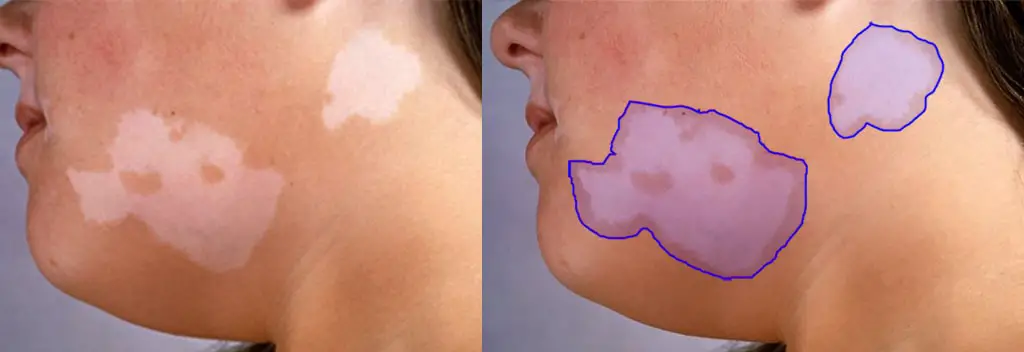Introduction:
According to a recent study, one in every three Americans is affected by skin ailments. There are multiple skin disorders which often can turn fatal for people, affecting other organs of the body. In the United States, skin cancer is frequently diagnosed Melanoma accounts for most skin cancer-related deaths, making up less than 5 percent of all skin cancer diagnoses). Aside from this, among the most common problems faced by people are skin disorders, which requires medical diagnosis. Skin diseases like eczema, psoriasis, hives, or vitiligo need medical treatment from a specialized perspective. Also, skin conditions can be transient or permanent and usually with unique complications for the patient to face.
Also Read: Artificial Intelligence and Otolaryngology.
An evolved scenario now
In the field of dermatology things are changing rapidly. And as per the Journal of the American Academy of Dermatology, the majority of patients are seen by general practitioners having limited diagnostic accuracy. While, prevalent scarcity of dermatologists is also evident in the field. To handle these problems, computer vision-based AI programs are now being developed, with the potential to assist physicians in identifying skin disorders with precision; the approach to the diagnosis and therapy of dermatological diseases has evolved.
Artificial intelligence (AI) has achieved tremendous progress in recent years, in the field of science and medical studies. Futuristic technologies are being applied to diagnose patients and predict suitable medical treatments for preventing health complications. AI driven skin diagnosis, is helpful in patient care and
Also Read: Artificial Intelligence in Healthcare.
How AI Driven skin diagnosis works in dermatology
With the help of training data, AI is changing the way doctors and dermatologists analyze data. A critical step in diagnosing skin diseases is to train ML models to read and understand pictures for creating high-quality training sets for the machine learning models to function properly. These models enable AI programs which allow medical practitioners to diagnose a suitable treatment for a patient, depending on their medical history.
The specific task of identifying images to train machine learning models is crucial for preparing a machine on how to understand the image and grasp information digitally for the employed ML model. Machine learning or ML is a subset of artificial intelligence (AI) in which computer systems learn without explicit programming instructions from their experiences. Because of its enormous clinical, dermatoscopic, and derma-pathological image databases, dermatology has taken the lead in using AI in the field.
Also Read: 12 HealthTech startups strengthening Healthcare using AI in NYC (2021).
Going forward with AI programs in medical sector
Medical practitioners spend a good amount of time analyzing skin conditions of the patients. Lots of time is spent in finding issues through medical scans manually, regularly. Replacing costly and lengthy processes, and often reducing equipmental dependency. To back the efforts, AI programs are making things possible backed by accurate data of diseases for the medical sector.
Recently, Google Reported that its AI can recognize 288 skin diseases, to assist the physician’s diagnosis and therapy, according to the company. It took three years to create and train a dataset that included 65,000 photos of diagnosed diseases millions of images of markings that individuals were concerned about, and thousands of images of healthy skin in various hues and tones.
Also Read: How to Label Images Properly for AI: Top 5 Challenges & Best Practices
Several annotation methods are applied to label required structures by evaluating different skin pictures. For example, we can use the polygon method to properly highlight skin disease. Annotators can describe the frequently uneven form of skin diseases by linking points around the afflicted region, allowing the model to better detect and define them. Semantic segmentation and image annotation can also be used. This method assists annotators to distinguish between healthy and potentially diseased skin. A high level of precision for the exact functioning of the ML model is a top priority. Data annotations companies like Cogito Tech LLC are providing cutting-edge techniques to fulfill this.
